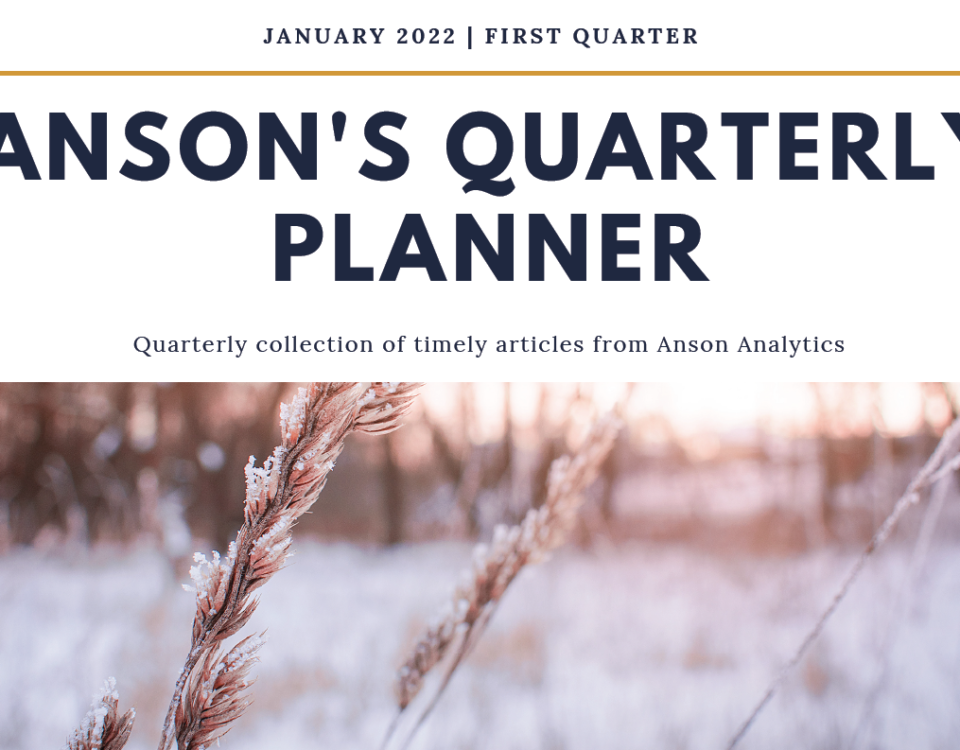Owner-Only Businesses Might Benefit From a Solo 401(k)

Put Your Retirement Plan in Writing
March 6, 2018
Veterans – Are You Missing Out On Hidden Benefits?
March 22, 2018The Solo 401(k)
A retirement savings vehicle designed for the smallest businesses.
Provided by Sam Sweitzer, CFA
A solo 401(k) lets a self-employed individual set up a 401(k) plan combined with a profit-sharing plan. You can create one of these if you work for yourself or for you and your spouse.1
Reduce your tax bill while you ramp up your retirement savings. Imagine nearly tripling your retirement savings potential. With a solo 401(k), that is a possibility. Here is how it works:
*As an employee, you can defer up to $18,500 of your compensation into a solo 401(k). The yearly limit is $24,500 if you are 50 or older, for catch-up contributions are allowed for these plans.1
*As an employer, you can have your business make a tax-deductible, profit-sharing contribution of up to 25% of your compensation as defined by the plan. If your business isn’t incorporated, the annual employer contribution limit is 20% of your net earnings rather than 25%. If you are a self-employed individual, you must calculate the maximum amount of elective deferrals and non-elective contributions you can make using the methods in Internal Revenue Service Publication 560.1,2
*Total employer & employee contributions to a solo 401(k) are capped at $55,000 for 2018.1
Are you married? Add your spouse to the mix. If your spouse is a full-time employee of your business, then he or she can also make an employee contribution to the plan in 2018, and you can make another profit-sharing contribution on your spouse’s behalf. (For this to happen, your spouse must have net self-employment income from the business.)2,3
The profit-sharing contributions made by your business are tax-deductible. Annual contributions to a solo 401(k) are wholly discretionary. You determine how much goes in (or doesn’t) per year.2,4
You can even create a Roth component in your solo 401(k). You can direct up to $5,500 annually (or $6,500 annually, if you are 50 or older) into the Roth component of the plan. You cannot make employer contributions to the Roth component.3
Rollovers into the plan are sometimes permitted. Certain plan providers even allow hardship withdrawals (loans) from these plans prior to age 59½.5
There are some demerits to the solo 401(k). As you are setting up and administering a 401(k) plan for your business, you have to see that it stays current with ERISA and IRC regulations. Obviously, it is much easier to oversee a solo 401(k) plan than a 401(k) program for a company with 15 or 20 full-time employees, but you still have some plan administration on your plate. You may not want that, and if so, a solo 401(k) may have less merit than a SEP or traditional profit-sharing plan. The plan administration duties are relatively light, however. There are no compliance testing requirements, and you will only need to file a Form 5500 annually with the I.R.S. once the assets in your solo 401(k) exceed $250,000.4
If you want to hire more employees, your solo 401(k) will turn into a standard 401(k) plan per the Internal Revenue Code. The good news is that you can present your new hires with an established 401(k) plan.2,3
On the whole, solo 401(k)s give SBOs increased retirement savings potential. If that is what you need, then take a good look at this option. These plans are very easy to create, their annual contribution limits far surpass those of IRAs and stand-alone 401(k)s, and some custodians for solo 401(k)s even give you “checkbook control” – they let you serve as trustee for your plan and permit you to invest the funds across a variety of different asset classes.5
Sam Sweitzer may be reached at 678.216.0795 or info@ansonanalytics.com. You can also visit our website at www.ansonanalytics.com
This article was provided by Anson Analytics and does not necessarily represent the views of the presenting party, nor their affiliates. This information has been derived from sources believed to be accurate. Please note – investing involves risk, and past performance is no guarantee of future results. The publisher is not engaged in rendering legal, accounting or other professional services. If assistance is needed, the reader is advised to engage the services of a competent professional. This information should not be construed as investment, tax or legal advice and may not be relied on for the purpose of avoiding any Federal tax penalty. This is neither a solicitation nor recommendation to purchase or sell any investment or insurance product or service, and should not be relied upon as such. All indices are unmanaged and are not illustrative of any particular investment.
Citations.
1 – irs.gov/retirement-plans/one-participant-401k-plans [10/25/17]
2 – mysolo401k.net/solo-401k/solo-401k-contribution-limits-and-types/ [2/13/18]
3 – doughroller.net/retirement-planning/solo-401k-best-retirement-plan-self-employed/ [5/21/17]
4 – tdameritrade.com/retirement-planning/small-business/individual-401k.page [2/13/18]
5 – thecollegeinvestor.com/18174/comparing-the-most-popular-solo-401k-options/ [12/11/17]


